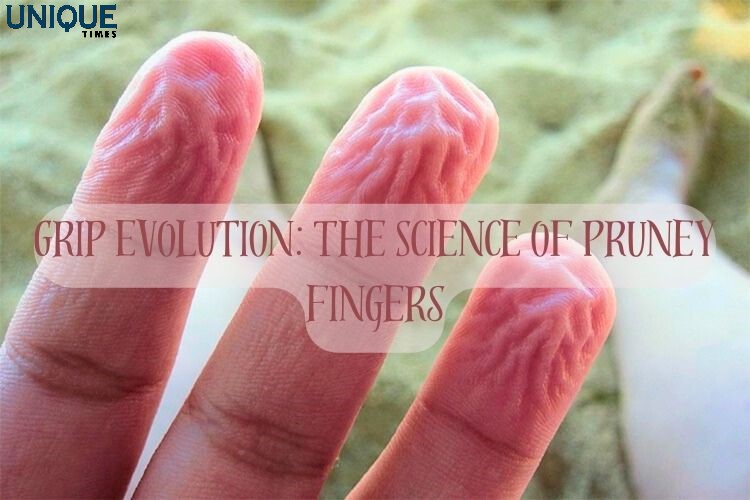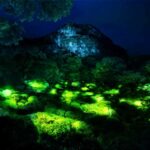Pruney Fingers: Nature’s Underwater Grip Enhancers

Have you ever wondered why your fingers get pruney after spending time in the water? While it might seem like an annoyance, there’s actually a fascinating reason behind this phenomenon. Those pruney fingers aren’t just a side effect of soaking; they’re nature’s way of giving us a better grip underwater. Let’s dive into the science of pruney fingers and how they help us navigate the aquatic world.
The Pruney Puzzle
Pruney fingers, officially known as “wrinkled fingertips,” are a common occurrence when our fingers and toes are submerged in water for an extended period. The wrinkles and ridges that form on the skin’s surface may appear like mere wrinkles, but they serve a specific purpose.
A Grip-Enhancing Evolution
Scientists have long pondered the reason behind pruney fingers. Recent research suggests that these wrinkles are not just a passive response to water but an evolutionary adaptation that aids in our survival.
The Pucker Effect
When you soak your hands in water, the outermost layer of your skin swells due to the osmotic process—water enters the skin cells, causing them to expand. However, this swelling doesn’t affect the deeper layers of skin as much, leading to the outer layer puckering, similar to a deflated balloon. This puckering is what creates the distinctive wrinkles on your fingers.
A Built-in Drainage System
Now, here’s where it gets interesting. The wrinkles formed on your fingers act like tiny channels or grooves. When you press your pruney fingers against a wet surface, such as the skin of a fruit or the handle of a tool underwater, these channels help channel water away. In essence, pruney fingers function as a built-in drainage system, allowing you to maintain a better grip.
Enhanced Friction
The ridges and valleys of pruney fingers increase the surface area of your fingertips that come into contact with objects. This increased contact area, combined with the drainage channels, enhances friction and grip. It’s almost like having natural treads on your fingers, helping you hold onto wet or submerged objects with more precision.
The Aquatic Advantage
So, the next time you find your fingers wrinkled from a dip in the pool or a long bath, appreciate the hidden advantage nature has given you. Pruney fingers aren’t just a quirk of human biology; they’re a finely tuned adaptation that improves your grip in aquatic environments. It’s a reminder that even the smallest details of our bodies can hold clues to the wonders of evolution.
Picture Courtesy: Google/images are subject to copyright








